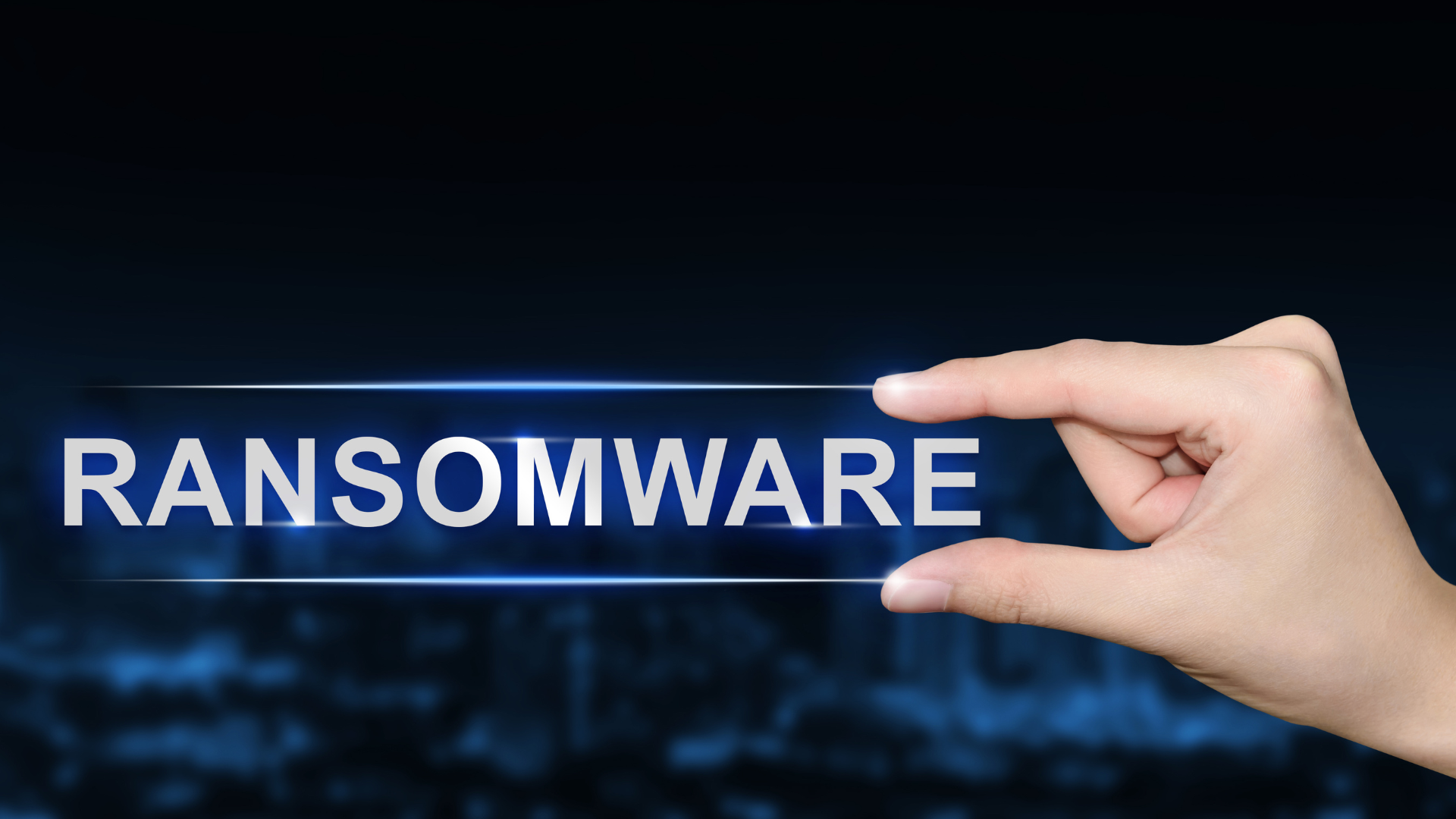What is SASE and Why It’s the Future of Secure Networking?
What is SASE and Why It’s the Future of Secure Networking?
In an increasingly connected world, traditional cybersecurity models are struggling to keep up with the demands of cloud-first and hybrid work environments. Enter Secure Access Service Edge (SASE), a transformative approach that combines networking and security into a unified, cloud-based framework. If your business is looking for a way to simplify IT infrastructure while enhancing security, SASE might be the solution you need.
What is SASE?
SASE (pronounced “sassy”) stands for Secure Access Service Edge. It’s a cloud-native architecture that merges network connectivity and security functions into a single service. Developed by Gartner in 2019, the SASE framework integrates critical networking and security technologies, including:
- Software-Defined Wide Area Networking (SD-WAN): Ensures optimized, reliable connectivity for distributed users.
- Zero Trust Network Access (ZTNA): Limits access to applications based on user identity and context.
- Secure Web Gateway (SWG): Protects users from internet-based threats by filtering traffic.
- Cloud Access Security Broker (CASB): Monitors cloud application usage to enforce security policies.
- Firewall as a Service (FWaaS): Delivers firewall capabilities from the cloud to protect data and applications.
This convergence eliminates the need for standalone tools and hardware, offering a seamless, scalable solution for modern businesses.
How Does SASE Work?
SASE enables organizations to connect users, devices, and applications securely, no matter their location. Here’s how it works:
- Identity-Based Access: SASE validates users and devices based on identity and context (e.g., location, device type) before granting access.
- Centralized Policy Enforcement: Security policies are managed in a centralized console, making it easy to enforce consistent rules across the network.
- Cloud-Native Architecture: SASE delivers its functionality through a global network of Points of Presence (PoPs), ensuring low latency and high availability for remote users.
By integrating networking and security, SASE simplifies IT management while ensuring robust protection for all endpoints.
Why is SASE Important?
The rise of remote work, cloud-based applications, and distributed teams has made traditional perimeter-based security obsolete. SASE addresses these challenges by offering:
- Enhanced Security: With built-in features like Zero Trust, SASE ensures users only access the data and applications they’re authorized to use.
- improved Performance: SASE optimizes network performance with SD-WAN and global PoPs, ensuring fast and reliable access to cloud services.
- Scalability: Cloud-native architecture means SASE can scale with your business as you grow, without the need for additional hardware.
- Simplified Management: Centralized control reduces the complexity of managing multiple security and networking tools.
- Cost Efficiency: By consolidating multiple solutions into one service, SASE reduces hardware, licensing, and maintenance costs.
Key Benefits of SASE for Businesses
- Seamless Remote Work SASE ensures secure, high-performance connectivity for remote employees, regardless of their location.
- Cloud-First Ready As businesses increasingly rely on cloud applications, SASE provides the secure access needed to maintain productivity and compliance.
- Zero Trust Integration SASE’s identity-driven access ensures that users and devices are constantly verified, reducing the risk of breaches.
- Global Connectivity With its distributed cloud architecture, SASE provides consistent performance and security across the globe.
- Future-Proof Security SASE evolves with your business, adapting to emerging threats and technologies.
How to Implement SASE in Your Business
- Evaluate Your Current Infrastructure Assess your current networking and security solutions to identify gaps and inefficiencies.
- Define Your Needs Determine what you need from a SASE solution. Are you prioritizing remote work, cloud application security, or reducing costs?
- Choose the Right Provider Look for a provider that offers a comprehensive SASE solution with features like SD-WAN, ZTNA, and CASB.
- Plan Your Deployment Start small by implementing SASE for specific teams or locations, then expand as needed.
- Train Your Team Ensure your IT staff understands how to manage and optimize the SASE solution for your organization.
SASE in Action: Real-World Applications
- Remote Workforce Enablement: A financial services firm implemented SASE to provide secure access for remote employees, ensuring compliance with industry regulations.
- Cloud Security: An e-commerce business used SASE to secure access to its cloud-based inventory management system, protecting sensitive customer data.
- Simplified IT Management: A mid-sized enterprise replaced its fragmented security tools with SASE, reducing management complexity and operational costs.
Take the First Step Toward SASE
SASE is more than a buzzword—it’s a paradigm shift in how businesses approach networking and security. By consolidating critical functions into a single cloud-based service, SASE empowers businesses to thrive in a cloud-first, remote work-driven world.
Not sure if SASE is right for your business? Start by evaluating your current security posture with a Free Cybersecurity Assessment.
Take control of your business’s security and networking needs. Learn more and get started with a Free Cybersecurity Assessment today.
Let K9 Webops help you navigate the future of secure networking.










